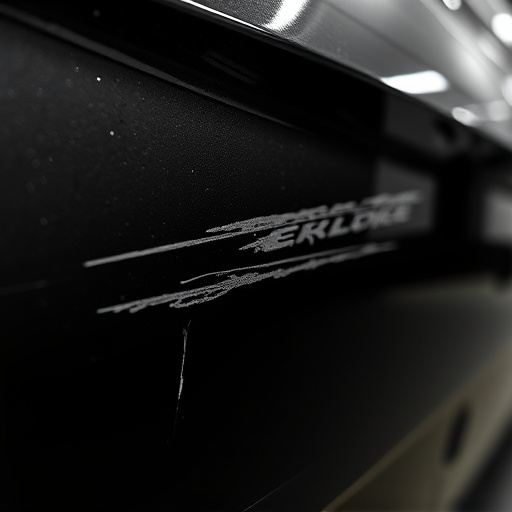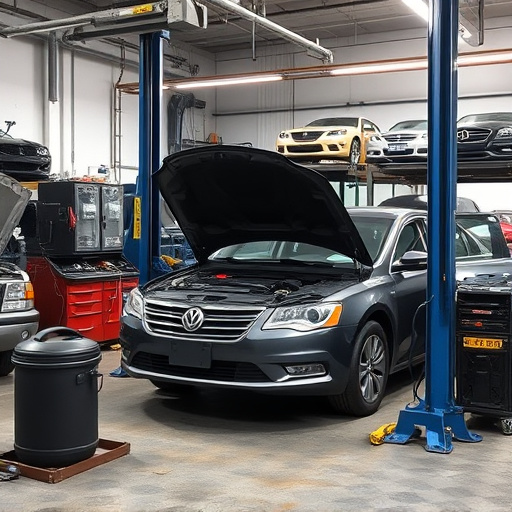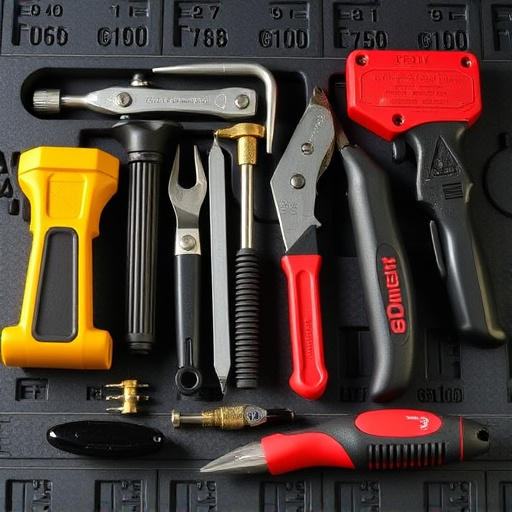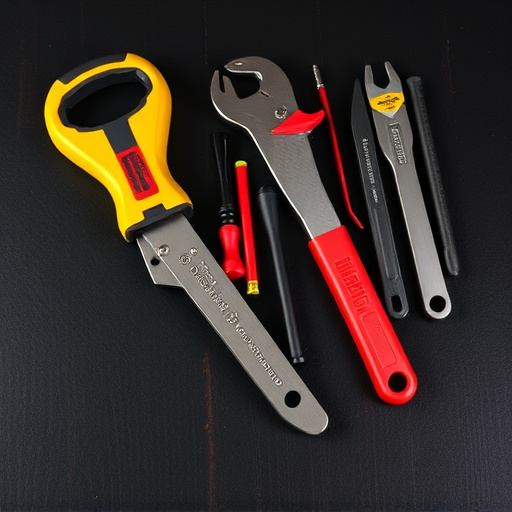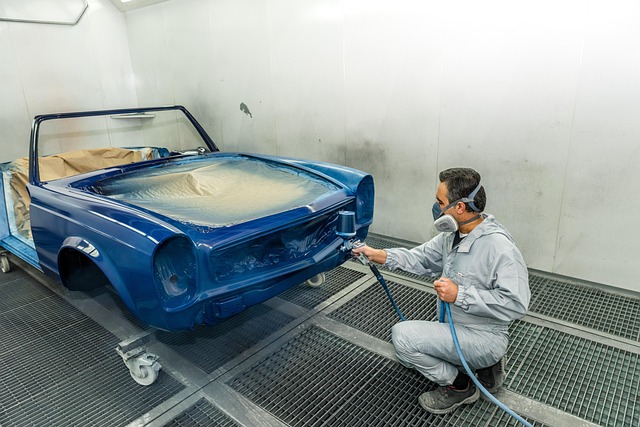Homeowners should promptly address window channel issues like warping, sticking, or visible damage. Insurance coverage can significantly assist in repairing or replacing these channels due to wear and tear, accidents, or natural disasters. The process involves filing a claim, assessment by adjusters, and potential settlements covering materials and labor costs. Keep detailed records for fair compensation, compare quotes from reputable shops, and leverage insurer support throughout the window channel replacement process.
Curious about how insurance covers window channel replacement claims? In today’s digital era, understanding coverage for these crucial repairs is essential for homeowners. This article delves into the intricacies of window channel replacement, exploring how insurance policies provide protection and what to expect during the claim process. From understanding specific coverage terms to navigating the steps involved, this guide will equip you with knowledge to ensure a smooth transition towards enhancing your home’s security and aesthetics through effective window channel replacement.
- Understanding Window Channel Replacement Claims
- How Insurance Covers These Repairs
- Navigating The Claim Process For Homeowners
Understanding Window Channel Replacement Claims
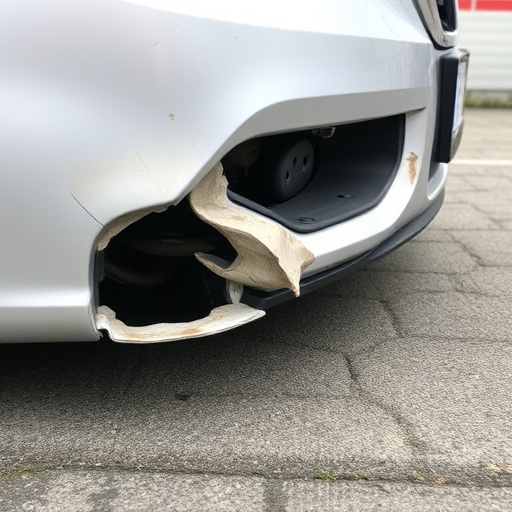
When a homeowner notices issues with their window channels—like warped frames, sticky or difficult to open windows, or visible damage—it’s often an indication that replacement is necessary. This is where window channel replacement comes into play. It involves the expert removal and installation of new window channels, ensuring your windows function properly and securely. Understanding what constitutes a valid window channel replacement claim under insurance is crucial for property owners.
Many homeowners’ insurance policies cover the cost of repairing or replacing damaged components of your home, including windows and their surrounding structures. If the issue stems from covered perils like weather events (such as storms or heavy rain causing water damage), accidents, or even vandalism, an insurance provider might step in to help with repairs or replacements. In the context of a window channel replacement, insurers will assess the extent of the damage, comparing it against policy exclusions and coverage limits. Some policies may also require you to first try tire services or vehicle restoration for minor issues that could be related to underlying structural problems—a visit to a vehicle body shop might not directly cover window channels but could address related mechanical concerns.
How Insurance Covers These Repairs
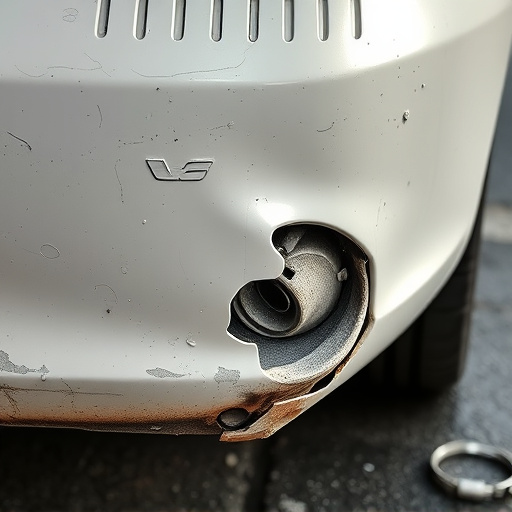
When a window channel shows signs of damage or needs replacement due to wear and tear, insurance can play a significant role in covering these repairs. Most comprehensive car insurance policies include coverage for exterior damage, which often extends to window channels as part of the vehicle’s structural integrity. Policyholders should review their specific coverage details to understand what is considered a covered repair. Typically, if a channel is damaged due to an accident, natural disaster, or decay, the cost of replacement can be partially or fully reimbursed by insurance providers.
The process begins with filing a claim, where policyholders report the issue and provide necessary documentation. Insurance adjusters will assess the damage, including any underlying issues that may have contributed to the channel’s deterioration. For instance, if rust is present, it could indicate a larger problem with the vehicle’s body. Once the extent of the damage is determined, insurance companies will offer a settlement or approval for repairs, potentially covering materials and labor costs associated with window channel replacement. This not only ensures the safety and functionality of the windows but also helps owners maintain the overall aesthetics and value of their vehicles, preventing issues like dent removal or addressing minor scratches in luxury vehicle repair.
Navigating The Claim Process For Homeowners

Navigating the claim process for window channel replacement can seem daunting, especially for homeowners unfamiliar with insurance procedures. The first step is to contact your insurance provider and inform them about the damage. Many insurers have dedicated customer service teams who can guide you through the initial steps, offering valuable insights tailored to your policy. Once reported, an adjuster will likely inspect the damaged window channel, taking measurements and assessing the extent of the repair needed. This process is crucial for ensuring an accurate assessment and a smooth claims journey.
Homeowners should keep detailed records during this phase, including photographs of the damage and any relevant information from the adjuster. These documents will be essential if further discussions or appeals are required. After the initial inspection, your insurance company will provide you with a claim estimate, outlining the costs for window channel replacement. Understanding your policy’s coverage limits and deductibles is vital; comparing quotes from reputable auto repair shops can help ensure you’re getting fair compensation for the necessary repairs, whether it’s for your home or even a car dent removal.
When it comes to window channel replacement, understanding your insurance coverage is key. By navigating the claim process with knowledge of how insurance covers these repairs, homeowners can ensure their investments are protected and replacements are smoothly handled. Remember that each policy varies, so reviewing specific details with your insurer is essential for a seamless window channel replacement experience.




